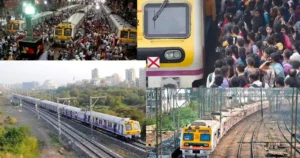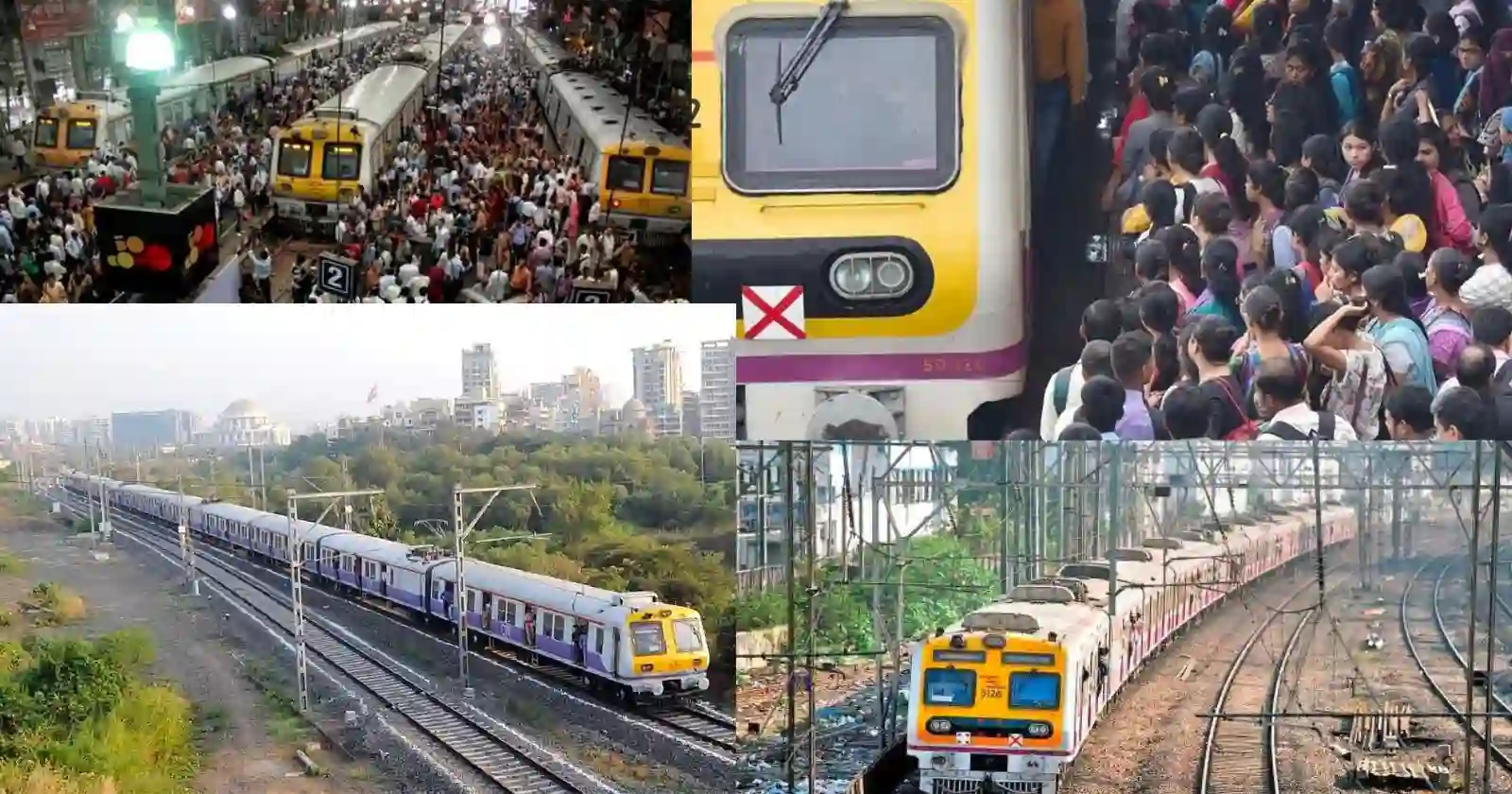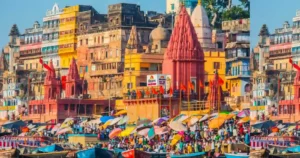Welcome aboard the iconic Mumbai Local Train – the lifeline of India’s bustling financial capital. In this blog, we embark on a thrilling journey to discover the top 30 must-know experiences while navigating this vibrant network. From the captivating chaos of crowded platforms to the camaraderie forged during the daily commute, the Mumbai Local Train offers a unique tapestry of life in this megacity. Unravel the art of finding elusive seats, savor the mouthwatering street delicacies available at every stop, and learn the unwritten rules of this enchanting railway system. So, hold on tight as we unveil the secrets and wonders of the Mumbai Local Train, where every ride promises an adventure of its own!

Mumbai Local Train: Unveiling the Top 30 Must-Know Experiences
1. Mumbai local trains are known as the lifeline of the city, transporting millions of people every day.
2. The Mumbai local train system is one of the busiest in the world, with over 7.5 million passengers traveling on it daily.
3. The first local train service in Mumbai started on April 16, 1853, between Bori Bunder (now Chhatrapati Shivaji Maharaj Terminus) and Thane.
4. The Mumbai local train network covers a vast area of around 465 kilometers, connecting various suburbs and towns within the city and its outskirts.
5. The local train system in Mumbai consists of 7 major lines: Western Line, Central Line,Harbour Line, Trans-Harbour Line, Panvel Diva Vasai Line, Nerul–Uran line, Panvel–Karjat line
6. Mumbai local trains are known for their fast-paced operations, with trains running at frequent intervals, sometimes as close as every 3-4 minutes during peak hours.
7. The Mumbai local train system has both fast and slow trains. Fast trains stop only at major stations, while slow trains halt at every station along the route.
8. The local train compartments are divided into different classes: First Class, Second Class, and Ladies’ compartments. Ladies’ compartments are exclusively for women passengers.
9. The Mumbai local train system is a great equalizer, as it is used by people from all walks of life, including office-goers, students, vendors, and laborers.
10. The Mumbai local train system has witnessed numerous iconic scenes from Bollywood movies, with actors often hanging out of the trains during action sequences.
11. Mumbai local trains have their unique language and code words for different stations. For example, “CSTM.” refers to the Chhatrapati Shivaji Maharaj Terminus, and “Churchgate” is called “C.G.” by the locals.
12. The Mumbai local train system has faced challenges like overcrowding, especially during peak hours, which has led to the implementation of special ladies’ compartments and dedicated coaches for people with disabilities.
13. The Mumbai local train system is considered the most economical mode of transportation in the city, making it accessible to a wide range of people.
14. The local trains have helped foster a strong sense of community among commuters, with people often forming bonds and friendships during their daily journeys.
15. The Mumbai local train system has its own set of unwritten rules and etiquette. For instance, passengers often share their newspapers and magazines with fellow commuters.
16. The Mumbai local train system has witnessed many inspiring stories of people helping each other during emergencies, showcasing the spirit of unity among its commuters.
17. The local trains have been a platform for artists, musicians, and street performers to showcase their talents, entertaining passengers during their journeys.
18. The Mumbai local train system has witnessed several significant historical events, such as the freedom struggle and political rallies.
19. The local trains played a crucial role during disasters like the Mumbai floods in 2005 and the terrorist attacks in 2008, as they were used for rescue operations and transporting victims to hospitals.
20. Despite its challenges, the Mumbai local train system stands as a symbol of resilience, connecting people from diverse backgrounds and playing a vital role in the daily lives of millions of Mumbaikars.
21. Mumbai local trains operate from early morning to late at night, with services starting around 4:00 AM and ending around 1:00 AM. The exact timings may vary slightly depending on the line and specific routes.
22. The local train system in Mumbai has undergone several technological advancements over the years. Automatic Ticket Vending Machines (ATVMs) have been introduced to facilitate ticket purchases, and the use of smart cards like the Mumbai One Card has made travel more convenient.
23. During festivals like Ganesh Chaturthi and Navratri, the Mumbai local train system witnesses an influx of passengers as people travel to various pandals (temporary structures) and celebration venues across the city.
24. Mumbai local trains have specific coaches designated for people with disabilities, senior citizens, and pregnant women. These coaches provide a more comfortable and accessible travel experience for those in need.
25. The local train system plays a vital role in the city’s workforce, as it efficiently transports thousands of people to their workplaces, including the bustling commercial districts of South Mumbai and Bandra-Kurla Complex.
26. To ensure the safety of passengers, Mumbai local trains have emergency alarm systems and security personnel on board. Closed-circuit television (CCTV) cameras have been installed in many stations and trains to enhance security and monitor any untoward incidents.
27. The local train system is constantly evolving and expanding. Projects like the Mumbai Metro and the proposed Mumbai-Ahmedabad High-Speed Rail (Bullet Train) aim to further enhance connectivity and provide additional transportation options to the people of Mumbai.
28. Mumbai local trains have become an integral part of the city’s cultural fabric, with numerous songs, poems, and artworks inspired by the experiences of commuting on these trains.
29. The local train system has also served as a platform for various social initiatives, including campaigns promoting safety, cleanliness, and women’s empowerment.
30. Mumbai local trains have their share of unique experiences, such as the famous “dabbawalas” who deliver lunchboxes to office-goers, utilizing the local train network for their efficient delivery system.
The Mumbai local train system continues to be a lifeline for the city, connecting its residents and contributing to the vibrant and bustling nature of Mumbai’s urban life.
Read More Article :-

